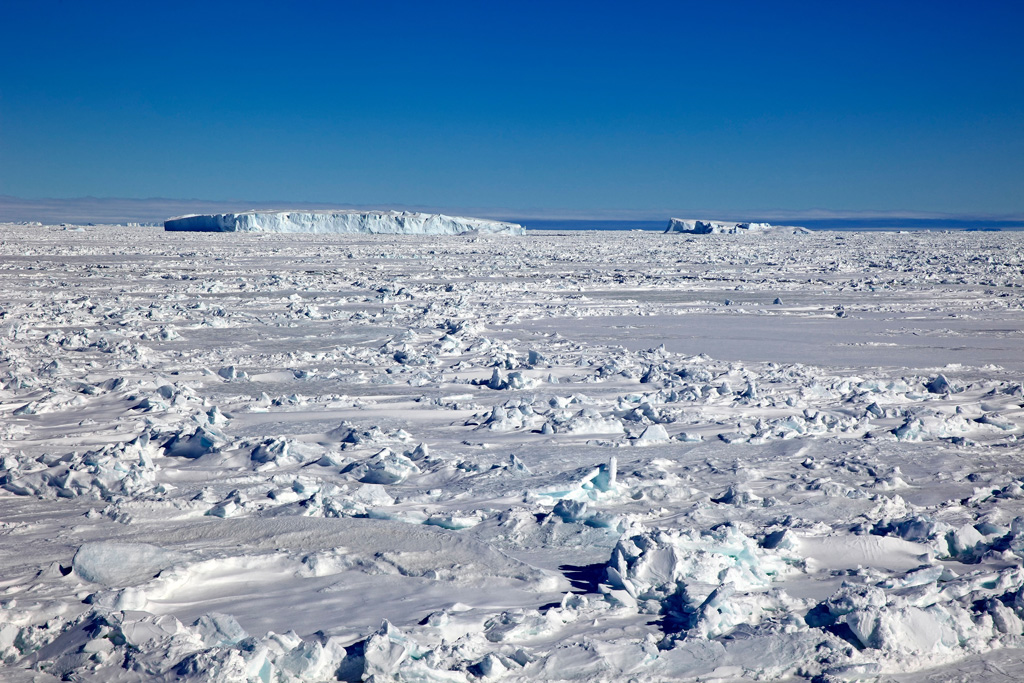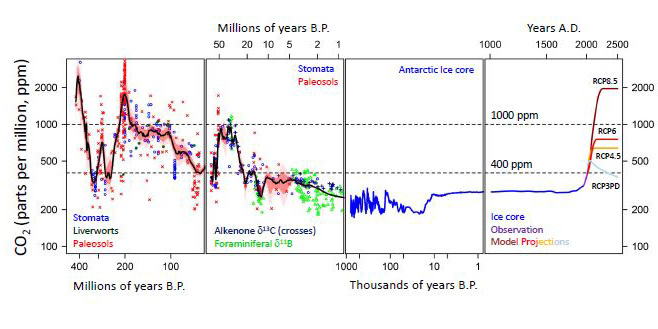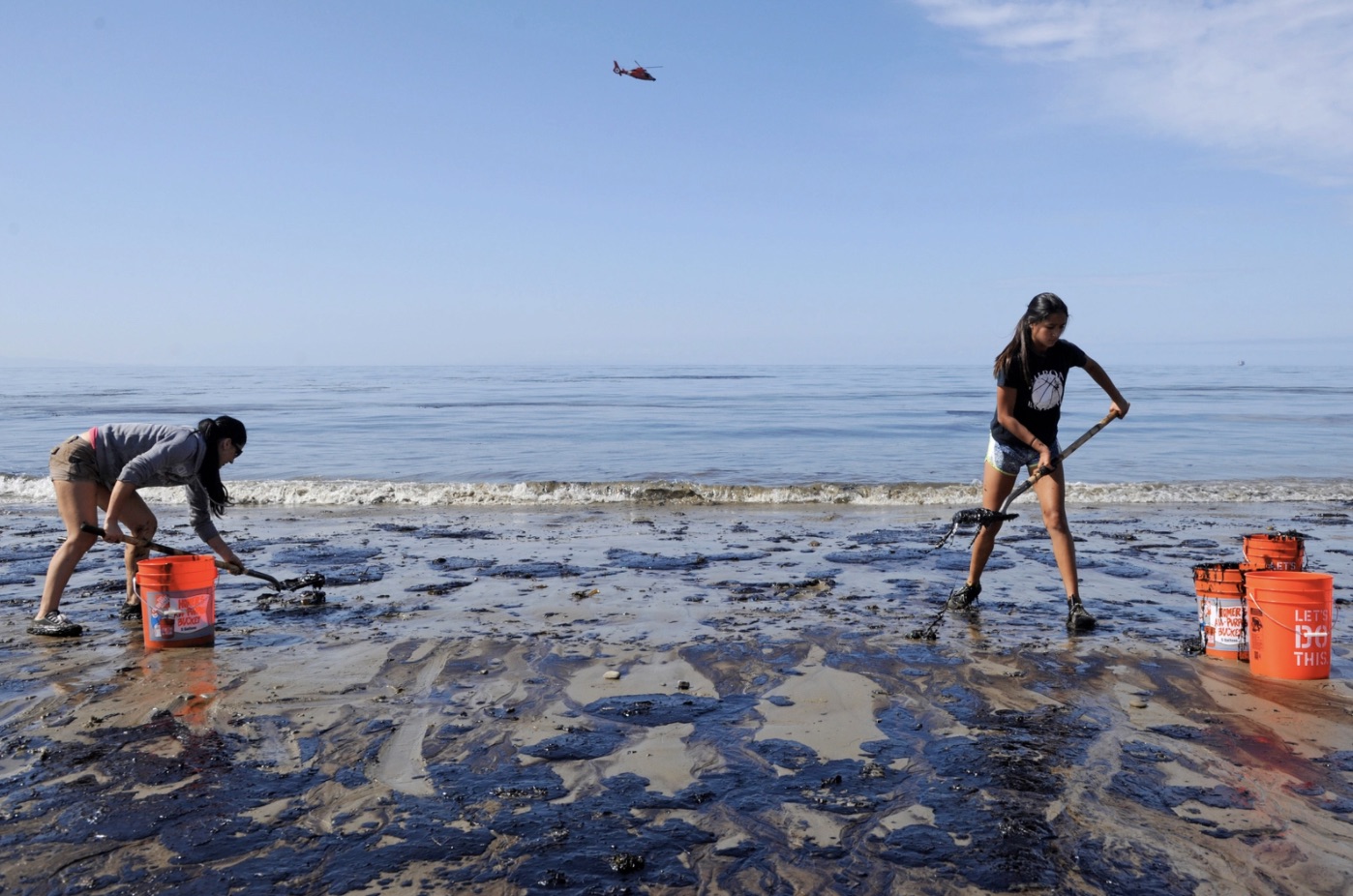In 2004,
scientists at the University of Washington published evidence that Christy and Spencer’s readings of what was purported to be the lower atmosphere—the troposphere—were being polluted by the cooler upper atmosphere, the stratosphere. The following year, the same team in Washington showed that Christy and Spencer’s temperature plots were biased by
the satellites’ east-west drift.
Christy and Spencer responded to the critiques by adjusting their calculations,
and by 1998, they had backed off their cooling finding, reporting a global warming trend apparent in their data, albeit a slight one. At one point, Christy introduced an algebraic error into his orbital drift re-calculations, making it look like the lower atmosphere warmed at night and cooled during the day. Christy
then corrected that error, thanking the RSS scientists who pointed it out in a letter
to Science magazine.
Christy is adamant that he does not take money from fossil fuel companies, saying, “No one would take me seriously,” if he were on Big Oil’s payroll. But a wide array of Libertarian activists and groups that receive industry funding have promoted the work of Christy and Spencer, including the Western Fuels Association’s Greening Earth Society, the think tank the Heartland Institute, and the Competitive Enterprise Institute.
Christy’s argument has shifted from the early days of his work, when he challenged the notion that global warming was taking place. Since at least 2007, he has acknowledged that the Earth is warming, but not as quickly as the climate models predict. A team from NASA, the University of California, Berkeley, and Massachusetts Institute of Technology
recently published a study showing that global sea-surface temperatures were well in line with climate models. But Christy, Spencer and others who rely on their work
often display a chart that plots their satellite readings against those of the climate models that show no such agreement. It has become iconic among those who challenge climate science.
Although the chart itself has not been published, it is based on a 2007, peer-reviewed
paper, of which Christy was a co-author. That paper, too, became a lightning rod for criticism. Other researchers said that if Christy had included the full range of uncertainty in both his own data and in the climate models, the projections and observations would have been shown to overlap. And in
a paper published in 2008, a team of scientists from 12 institutions found that Christy and his colleagues did not account for the effect on their temperature readings of natural non-climate factors like El Niños and La Niñas.
That team was led by Santer, who had won a MacArthur “genius” award for his work identifying the man-made causes of global warming, and who had become an especially harsh critic. Santer said he believes that Christy is more interested in proving his satellite data is correct than getting to the bottom of what is happening with the climate.
“Most of the scientists I’ve met in my career have genuine interest in advancing scientific understanding,” Santer said in an email. “In my opinion, Prof. John Christy does not.”












